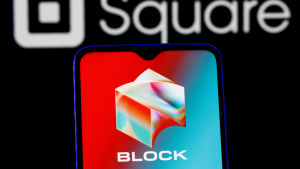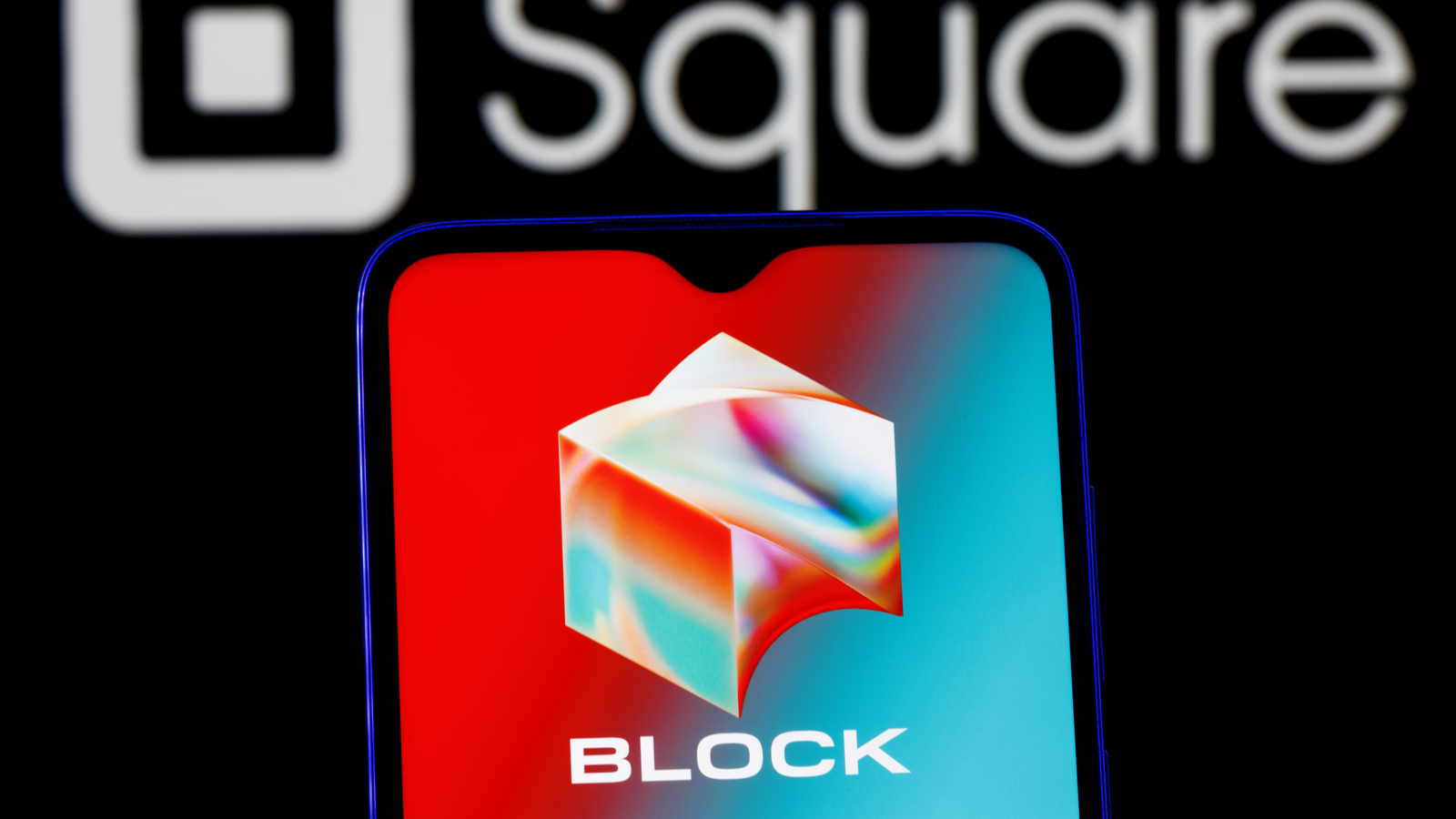Block (NASDAQ:SQ), the payments company formerly known as Square, was never an ordinary transaction processor. With a recent name change, the market is reacting to SQ stock.

If you got into it early in 2017, you had a gain of 1,800% by the middle of 2021. But since chief executive officer (CEO) Jack Dorsey left Twitter (NASDAQ:TWTR) and changed the company name to Block, you have lost more than half that gain.
Square rose on innovation, with simple terms for merchants, online banking, and investment options on its Cash app. Its fall began in sympathy with other processors, but accelerated as investors questioned Dorsey’s strategy and economic politics.
Dorsey the Block Head
Dorsey’s fortune, which was almost $15 billion as recently as October, has plunged to $6.6 billion as of Jan. 26.
In recent months, his image has morphed from that of a visionary tech executive to cranky cryptocurrency advocate. He is convinced that hyperinflation is just around the corner, not just in the U.S., but globally.
Dorsey believes cryptocurrency is the answer and is building Bitcoin mining into Block. Block is working on new mining computers based on its own chips and is making it easier to get into mining. Dorsey talks about “democratizing” money and making its creation “decentralized.”
As a result, Block’s fate has mirrored that of Bitcoin, which plunged from $68,000 per coin in November to just $34,000 early this month. The most recent price is about $37,000.
The Business
None of this has any relation to Block’s business, which is continuing to grow rapidly.
Block recorded $9 billion in revenue for all of 2020 and had $13.8 billion during just the first three quarters of 2021. It reports earnings next on Feb. 24, with almost $4 billion in revenue expected. The company is also turning in the occasional profit, with 25 cents per share expected for the fourth quarter.
Rather than comparing Block to transaction processing peers like Fidelity National (NYSE:FIS), Fiserv (NASDAQ:FISV) or Visa (NYSE:V), Block is now compared with Paypal (NASDAQ:PYPL), which built its payment system outside the Visa-MasterCard (NYSE:MA) duopoly. Paypal is also down from its highs, but has big-time supporters like TV analyst Jim Cramer. Unlike Block, Paypal shows consistent profits, almost $3 per share in the first three quarters alone. When it reports Feb. 1, analysts are expecting $1.13 per share of earnings and hope for more.
The difference is that while Paypal has built an alternative payments platform, it is using real money and offers services around the world. I have been able to use Paypal to transfer funds directly from my bank to Taiwan in local currency. I have also used its Venmo app to make instant payments to people and companies with which I had no previous financial dealings.
Block’s Cash app, by contrast, has focused on adding brokerage capabilities to compete with Robinhood (NASDAQ:HOOD). Robinhood’s stock has also been crushed over the last year.
The Bottom Line on SQ Stock
Block’s stock has fallen because tech and growth are out of fashion. Its business remains sound.
The stock has also fallen as analysts have become disenchanted with Dorsey. His push to privatize finance through cryptocurrency is controversial to say the least. To the extent that he spends Block’s money on hardware and Bitcoin, the stock price will suffer.
That is, unless he is right. If hyperinflation is right around the corner, Block’s market cap could easily jump from its present $51.9 billion past JPMorgan Chase’s (NYSE:JPM) $433 billion and Jack would be the world’s central banker, replacing Jerome Powell.
Jack Dorsey has stepped down as CEO from one company already; SQ investors should hope he does it again.
On the date of publication, Dana Blankenhorn held no positions in any company mentioned in this story. The opinions expressed in this article are those of the writer, subject to the InvestorPlace.com Publishing Guidelines.
Dana Blankenhorn has been a financial and technology journalist since 1978. He is the author of Technology’s Big Bang: Yesterday, Today and Tomorrow with Moore’s Law, available at the Amazon Kindle store. Write him at [email protected], tweet him at @danablankenhorn, or subscribe to his Substack https://danafblankenhorn.substack.com/.
